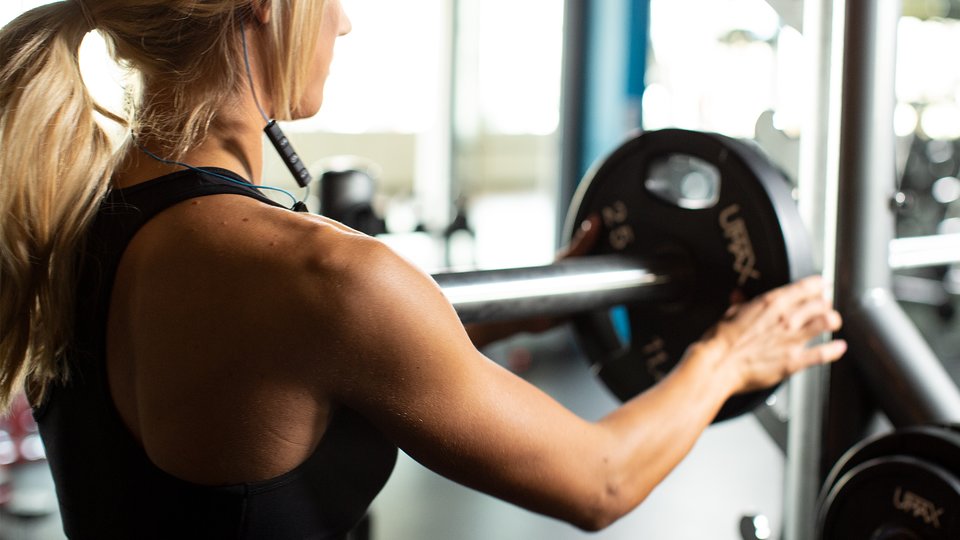Exercising is one of the best ways to maintain a healthy lifestyle, but it can also pose certain risks if not done correctly. Whether you are new to working out or looking to ramp up your fitness routine, it is essential to prioritize safety to prevent injuries and get the most out of your workout.
Here are some beginner workout tips to help you stay safe while exercising:
1. Start Slow and Gradually Increase the Intensity
One of the most common mistakes beginners make is jumping into a high-intensity workout without properly warming up. This can lead to muscle strains, sprains, and other injuries that can derail your fitness goals.
To avoid this, start slow and gradually increase the intensity of your workout. Begin with a low-impact exercise such as walking, cycling, or swimming, and gradually build up to more intense exercises like running or weightlifting.
Also, remember to warm up before every workout session. This can include light cardio, stretching, and foam rolling to get your muscles ready for the workout ahead.
2. Listen to Your Body
While it is important to challenge yourself during a workout, it is equally important to listen to your body and avoid pushing yourself beyond your limits. Pain or discomfort during exercise is a sign that something is wrong, and you should stop immediately and assess the situation.
If you experience pain, take a break and give your body time to recover. Overworking your muscles can lead to injuries that can take weeks or even months to heal.
3. Use Proper Form
Using proper form during exercise is crucial for preventing injuries and getting the most out of your workout. Poor form can lead to strains, sprains, and other injuries that can hinder your progress.
To ensure you are using proper form, consider working with a personal trainer or fitness instructor who can guide you through the proper techniques for each exercise. If you are working out at home, use online resources such as videos or fitness apps to learn the correct form.
4. Stay Hydrated
Staying hydrated during exercise is essential for maintaining your energy levels and preventing dehydration. When you exercise, your body loses water through sweat, so it is important to drink water before, during, and after your workout.
The amount of water you need depends on several factors, including your body weight, the intensity of your workout, and the temperature and humidity of your environment. As a general rule, aim to drink at least eight ounces of water every 20 minutes during exercise.
5. Wear Proper Clothing and Footwear
Wearing the right clothing and footwear during exercise is essential for preventing injuries and ensuring you are comfortable during your workout. Choose clothing made from breathable materials that allow sweat to evaporate and keep you cool.
Invest in a pair of high-quality athletic shoes that provide support and stability for your feet. Your shoes should fit properly and be designed for the type of exercise you are doing.
6. Warm Up and Cool Down
A proper warm-up and cool-down are essential for preventing injuries and optimizing your workout. A warm-up increases blood flow to your muscles, which helps to prevent strains and sprains.
After your workout, a cool-down helps to lower your heart rate and prevent muscle soreness.
7. Incorporate Variety into Your Workouts
Incorporating variety into your workouts is not only essential for preventing boredom but also for preventing overuse injuries. Doing the same exercises over and over can put repetitive strain on your muscles and joints, leading to injuries.
To prevent this, mix up your workouts by incorporating different exercises, equipment, and intensities. This will help to challenge your body in different ways and prevent overuse injuries.
8. Monitor Your Progress
Tracking your progress is essential for staying motivated and ensuring that you are making progress towards your fitness goals. This can include tracking your workouts, measuring your body composition, and monitoring your overall health.
By tracking your progress, you can see how far you have come and identify areas where you need to improve.
9. Rest and Recover
Rest and recovery are just as important as exercise when it comes to achieving your fitness goals. When you exercise, you are breaking down your muscles, and rest and recovery allow them to repair and rebuild.
This can include taking a day off from exercise or doing a low-intensity workout like yoga or stretching.
10. Seek Professional Help if Necessary
If you are new to working out or have a pre-existing health condition, it is important to seek professional help before starting a fitness routine. A doctor or personal trainer can help you develop a safe and effective workout plan that is tailored to your specific needs and goals.
They can also help you identify any potential risks or injuries and provide guidance on how to prevent them. Investing in professional help can help you achieve your fitness goals safely and effectively.
Conclusion
In conclusion, staying safe while exercising is essential for preventing injuries and getting the most out of your workout. By starting slow, listening to your body, using proper form, staying hydrated, wearing proper clothing and footwear, warming up and cooling down, incorporating variety into your workouts, monitoring your progress, resting and recovering, and seeking professional help if necessary, you can enjoy the many benefits of exercise while minimizing the risks. Remember to always prioritize safety and make it a priority in your fitness routine.











